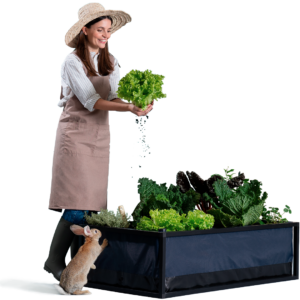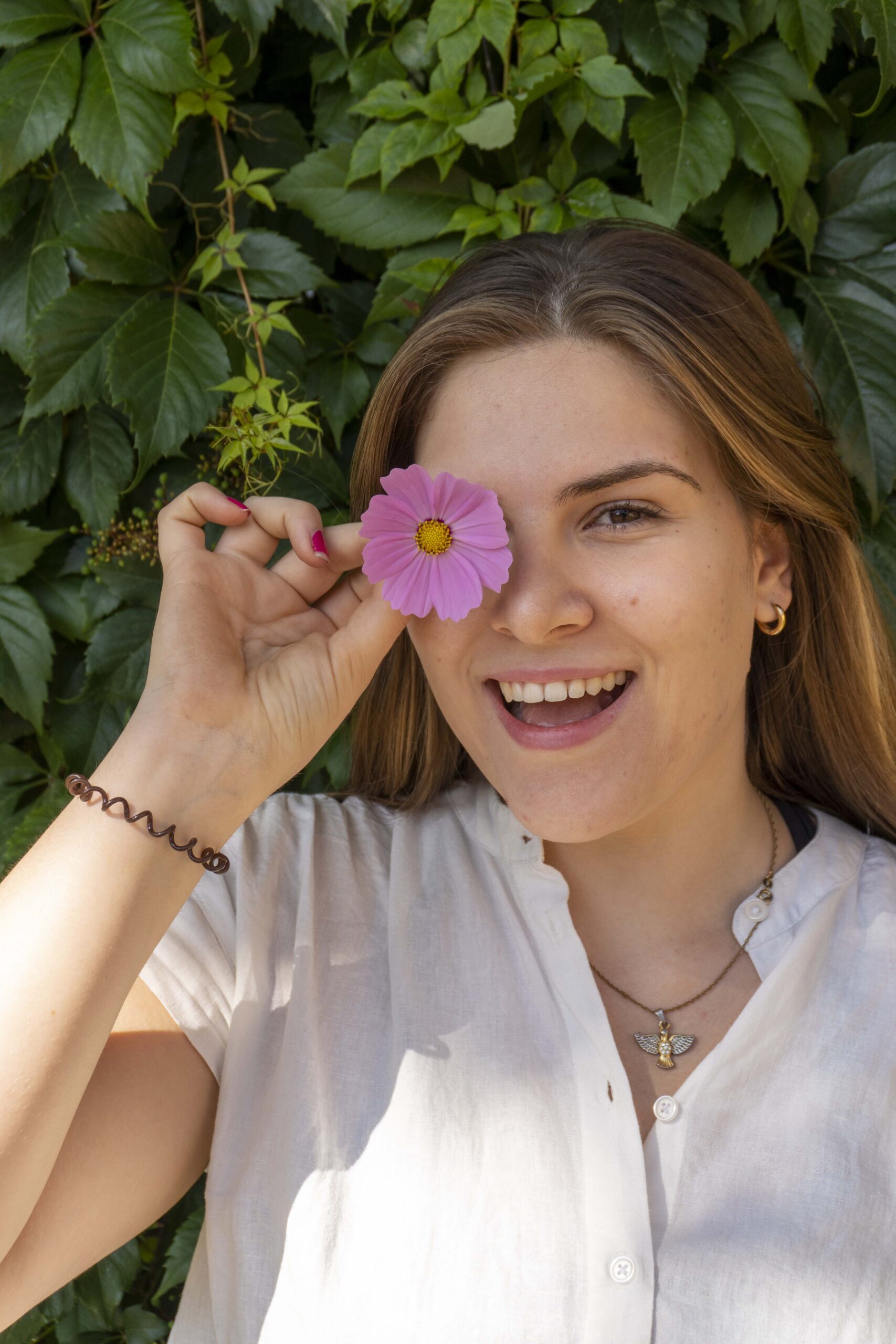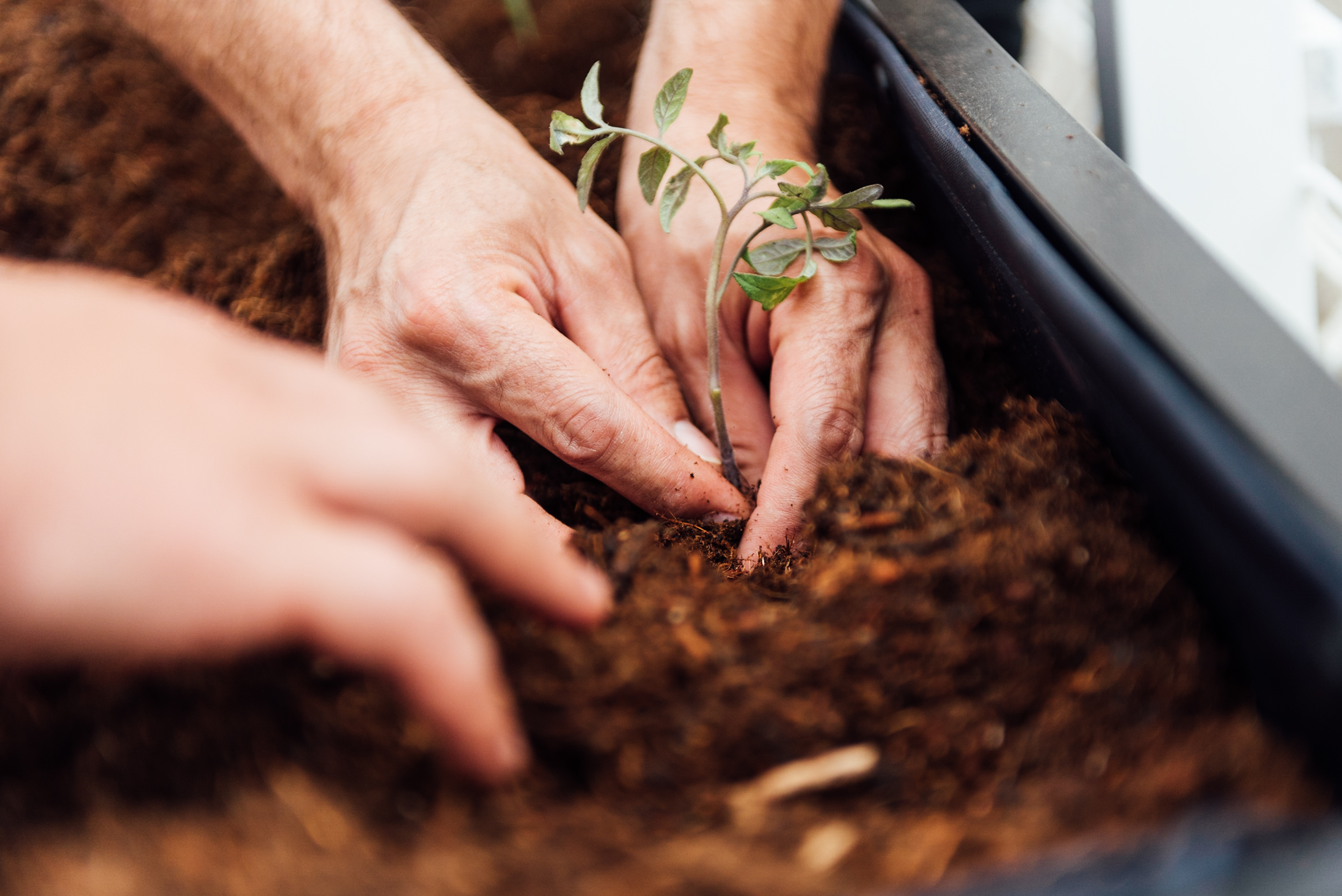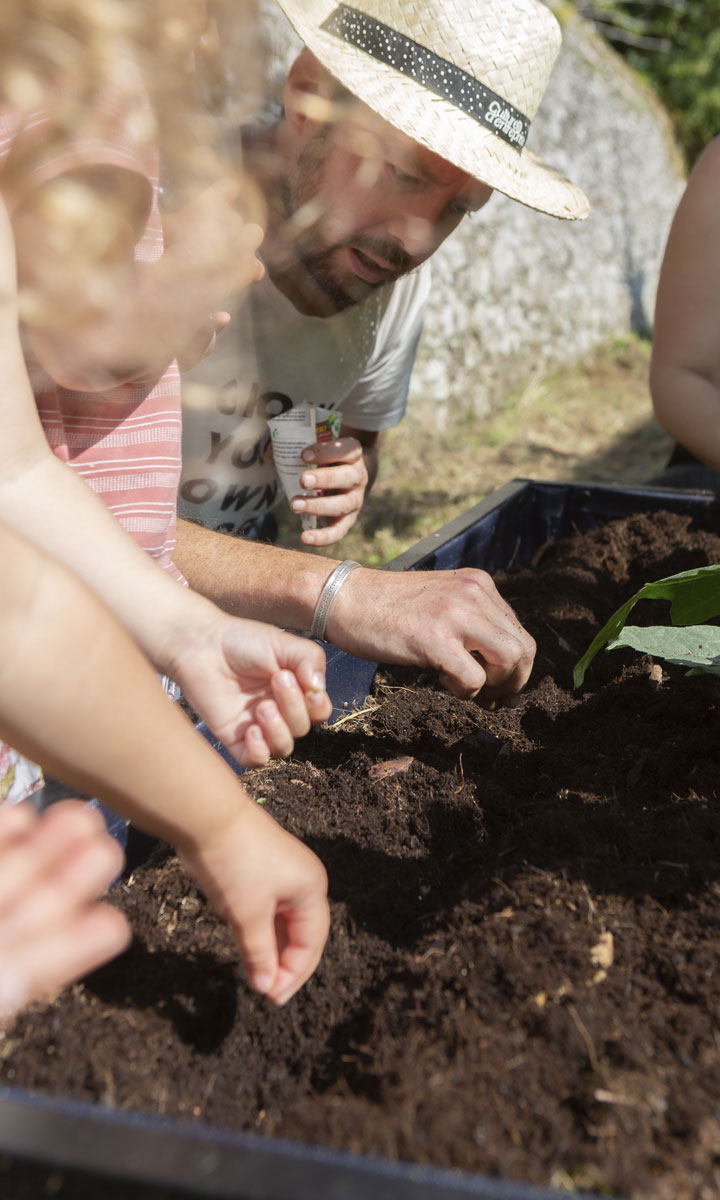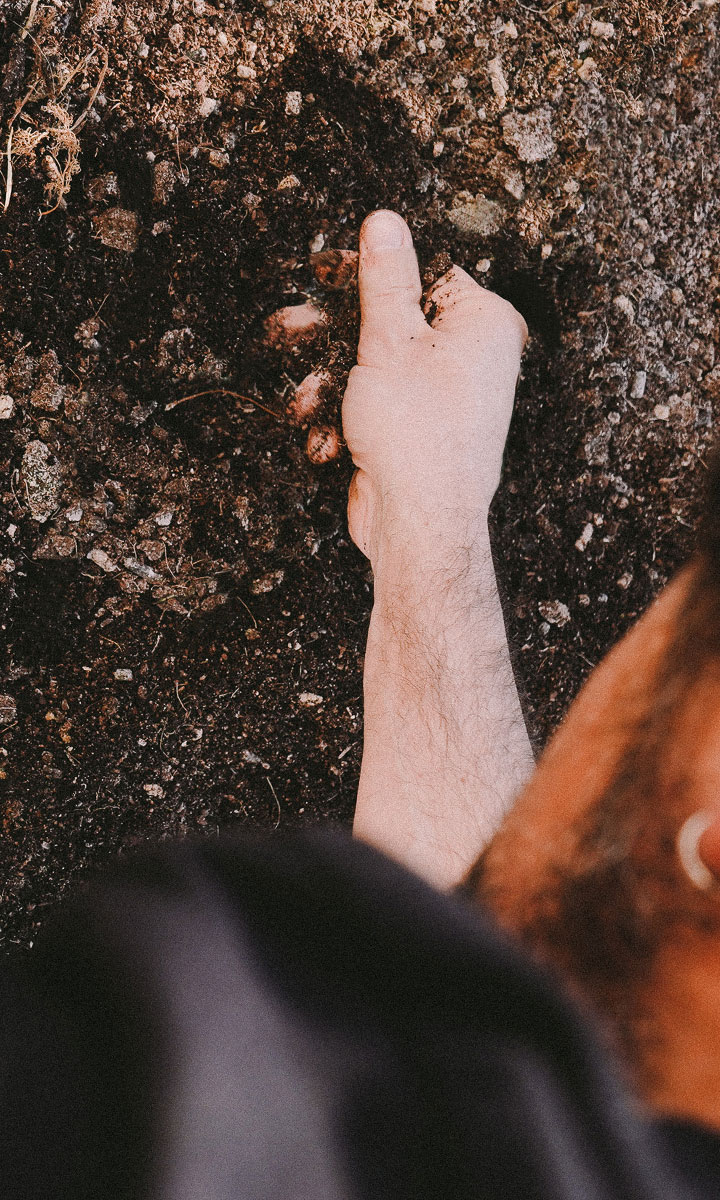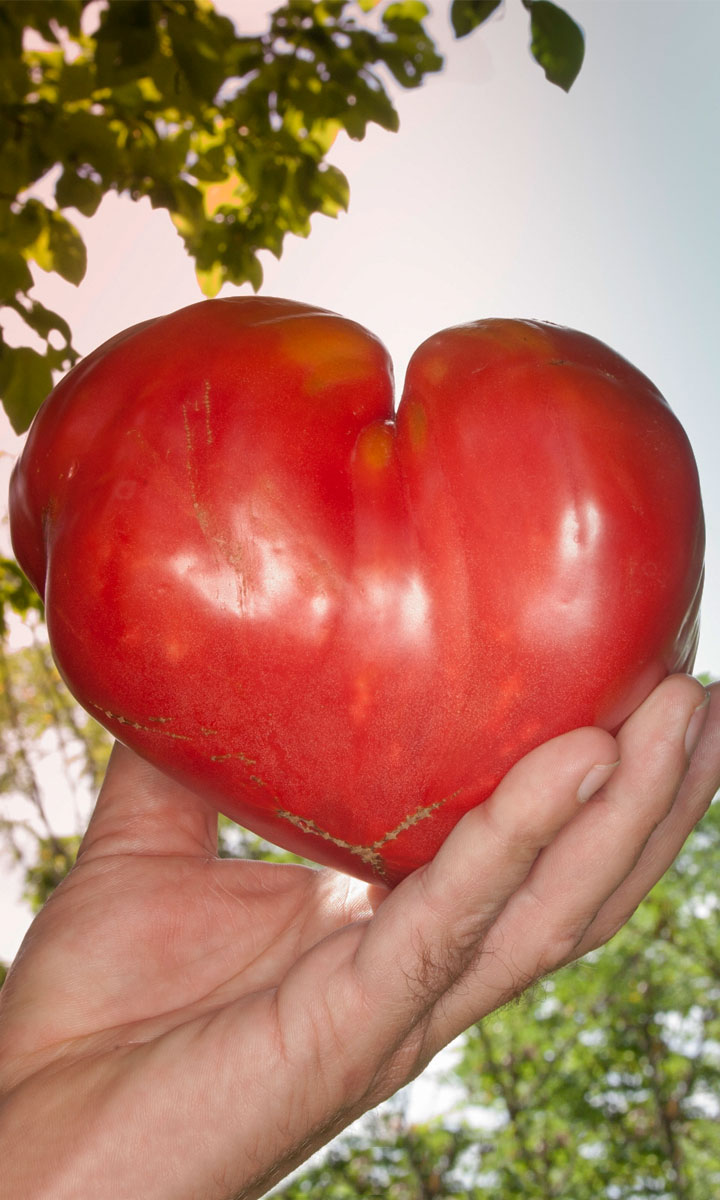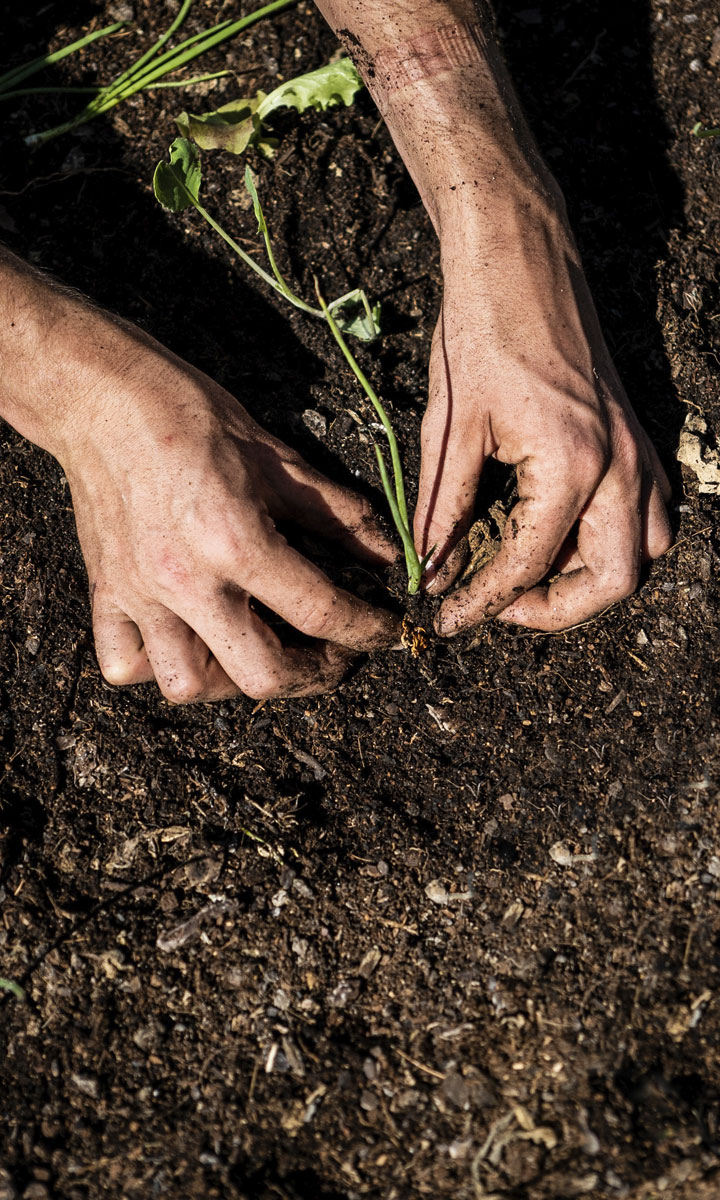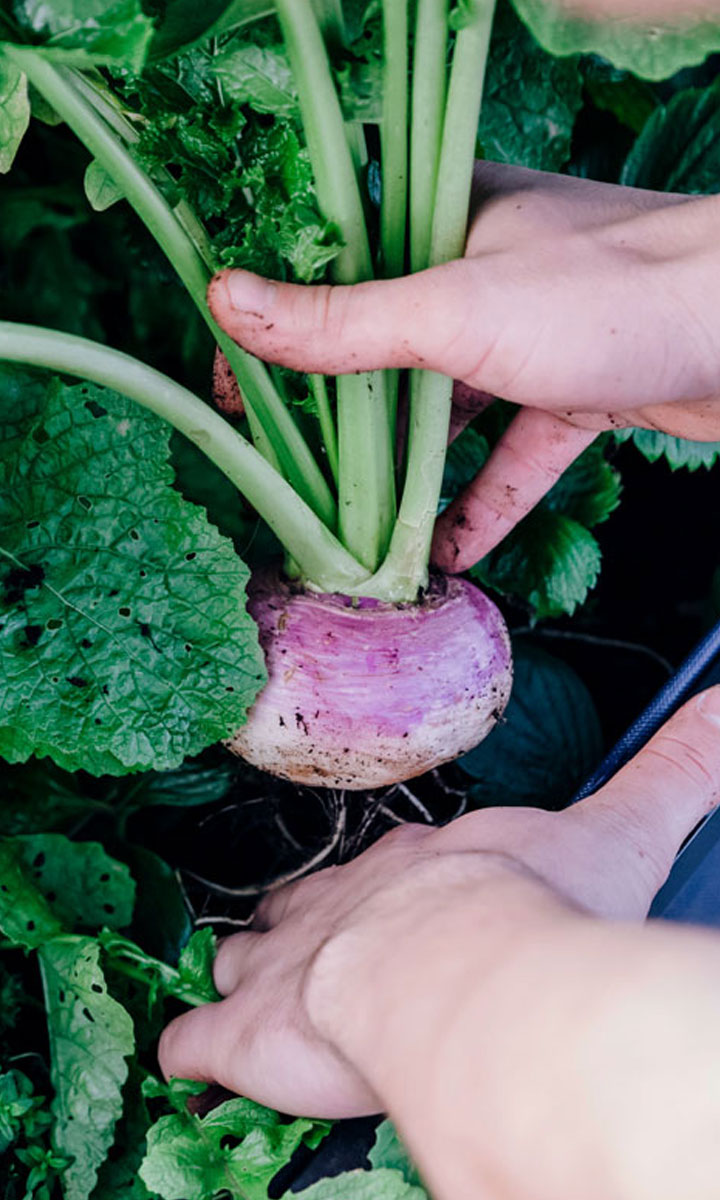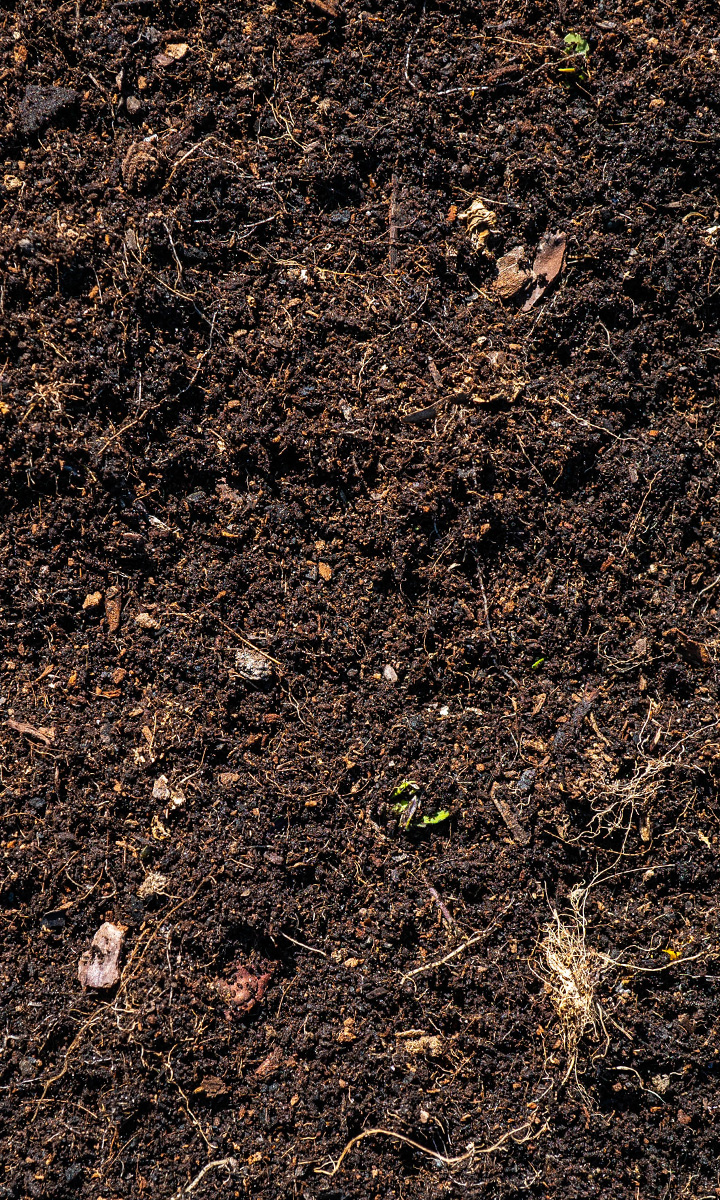Alexis, co-founder of Edible Alchemy, proposes us to consider 52 seasons.

Henrique Dias
Co-founder of Edible Alchemy and originally from Winnipeg, Canada, Alexis is now based in Berlin. The adventures of Edible Alchemy started with fermentation workshops, Microbial Circus Tours and Probiotic Bacteria Bars. The bubbling project has recently turn 8 years old and is still growing in order to spread the knowledge and understanging of helpful bacteria and microbes in the form of fermenting workshops, outdoors foraging tours, exploratory 52 Seasons dinners and the like. Curious about what those 52 seasons might be? Alexis explains this concept to us!
Edible Alchemy and the 52 seasons.
Did you know that the year actually has 52 seasons? Depending where we live, we often think of only four (spring – summer – autumn – winter) or sometimes only two (rainy – dry), but if we are looking at what is growing and when it’s growing we start to notice small micro-seasons within the seasons. I like to think of every week of the year as a season. Hence 52 seasons.
Some seasons, like the 33rd season (some-time in August), have quite a lot to offer in a temperate continental climate such as Berlin. Fruits, flowers, leaves and seeds. Whereas the cooler seasons, such as seasons 52, 1, 5 or 8 (December – Jan – Feb) have fewer options. However looking closer there are still things to gather! There are nutrient rich buds on the trees, fiber and carbohydrate rich roots in the ground that store energy for the warmer seasons and even hardy nutrient dense greens like chickweed (Stellaria medi) and stinging nettle (Urtica dioica)…
Edible Alchemy has been my baby for the past eight years. Our focus is fermentation and foraging for taste, health and sustainability. Through the transformation of fermentation, we can even preserve some of these ‘seasons’ for other times in the year. I really enjoy making wild-capers out of various flower buds like dandelion or evening-primrose in order to capture that moment and flavour of young buds.
Living in big cities such as Berlin, it might seem like edible plant options are limited to the seeds or potted plants you buy for your upraised garden beds – however, due to many factors such as birds carrying seeds in their wings, city plant diversity, and what kind of soils you are dealing with, you might be surprised what creeps up in your flower pots. A weed at first sight – but often, when looked at with a closer eye, that weed is something edible, nutritious, deli-cious and might even provide a moisture covering for the soil of your designated plants. A great example of this is chickweed or gallant soldier (Galinsoga parviflora). Rather than scourning biodiversity, celebrate it! Eat it! Or as we also say ‘if you can’t beat ‘em, eat ‘em.’
At Edible Alchemy we educate people on the wild abundance that is around us in our urban jungles, how to harvest, prepare and eat unplanned plants for a healthier life-style. Our microbiomes will thank us for the diversity in our diet. Before digging out the unwanted visitors, check to see if they are really unwanted. Perhaps there is more than meets the eye and can be added to your salad, used as a garnish, put in a refreshing drink, fermen-ted… A little bit goes a long way!
If you would like to read more on the 52 Seasons concept and discover the many tastes, check out Edible Alchemy’s blog post to book your own 52 Seasons dinner or go on a foraging tour to learn more.
Edible Alchemy recipe for Wild Capers:
Pick a handful of closed edible buds or green seeds (examples: dandelion buds, evening primrose, young nasturtium seeds, young radish seeds, plantain seeds heads…). Make a 3% salt brine (30g salt per liter of water). Pour the salt brine on top of buds or seeds to cover and fill the jar to the top so there is no air inside the jar. Allow to ferment room temperature for 2 weeks. Water may flow out of jar, so put a plate or bowl underneath. This is a sign that fermentation has been successful!
photo © Frank Sperling
